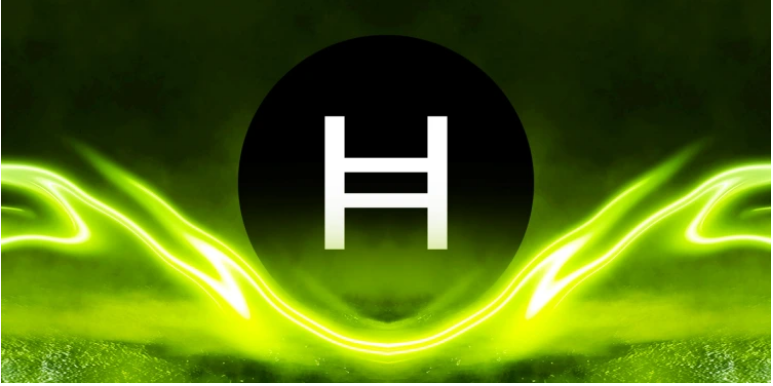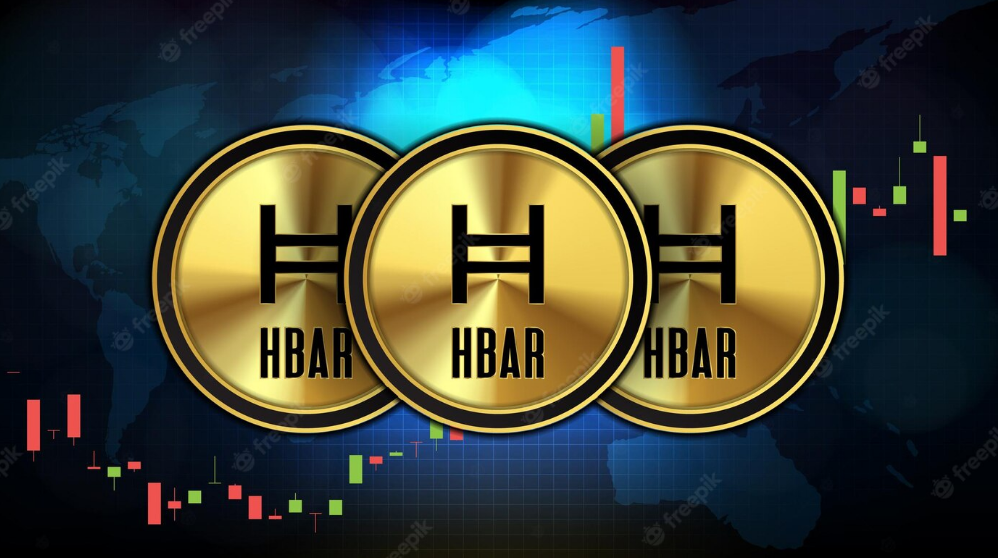Hedera (HBAR), currently ranked as the 31st cryptocurrency asset in terms of market capitalization, has recently witnessed a remarkable surge in its price, captivating the attention of investors and enthusiasts alike.
A surge in an asset’s social engagement often serves as a precursor to a rally in its price. In the case of HBAR, this correlation seems to be playing out vividly.
As the cryptocurrency landscape continues to evolve, HBAR’s notable growth over the past few weeks has raised eyebrows and prompted discussions about its potential.
Surge In Social Activity Sparks Price Rally Speculation
In the ever-dynamic world of cryptocurrencies, there exists a symbiotic relationship between social activity and price movements.
With its current price listed at $0.058907 according to CoinGecko, the cryptocurrency experienced a slight 5.5% decline over a 24-hour period.
However, what has truly caught the attention of market observers is its impressive seven-day surge of 11.8%. These figures, though significant, only hint at the larger story unfolding around HBAR.
Keep a close eye on @hedera‘s social engagement. Here’s what we are noticing…#Hedera‘s social activity has been soaring with 30.68M engagements (+243.9%) over the past week.
The social engagement metric measures community participation in social posts, measured by likes,… pic.twitter.com/FJFNFOkgz8
— LunarCrush (@LunarCrush) August 8, 2023
Lunar Crush, a platform that monitors social media activity surrounding cryptocurrencies, reported a staggering increase of over 200% in Hedera’s social engagement metric within the last week. This surge in online discussions, mentions, and interactions reflects a heightened level of interest and curiosity surrounding HBAR.
As the cryptocurrency community buzzes with conversations about HBAR’s potential, it becomes evident that this surge in social engagement has played a pivotal role in driving its recent price rally.
Hedera: Technical Indicators Paint A Complex Picture
Peering into the technical aspects of HBAR’s recent price surge, key momentum indicators reveal interesting insights.
According to a recent price analysis, these indicators have maintained a position above their neutral center lines since the start of August, underscoring the ongoing bullish sentiment.
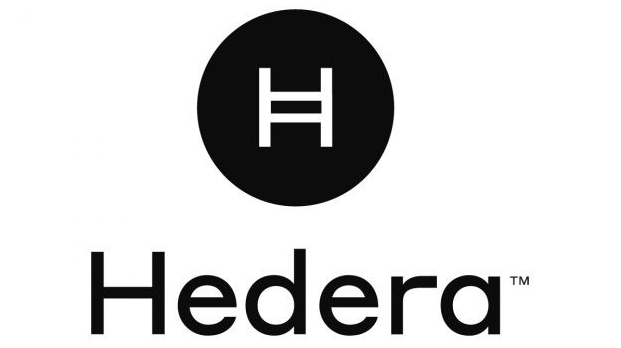
However, caution flags are raised by the Relative Strength Index (RSI), which presently hovers above the 70-mark. This could suggest that HBAR is venturing into overbought territory, possibly indicating a need for a corrective pullback.
Similarly, the Money Flow Index (MFI) stands at 72.63, drawing closer to the overbought region. These indicators collectively invite a nuanced interpretation of HBAR’s current price trajectory.
In a market that thrives on speculation and anticipation, HBAR’s recent price surge and the corresponding surge in social activity have ignited intriguing conversations. As HBAR continues to make its presence felt among cryptocurrency enthusiasts and investors, its journey forward remains one to watch closely.
(This site’s content should not be construed as investment advice. Investing involves risk. When you invest, your capital is subject to risk).
Featured image from NPR





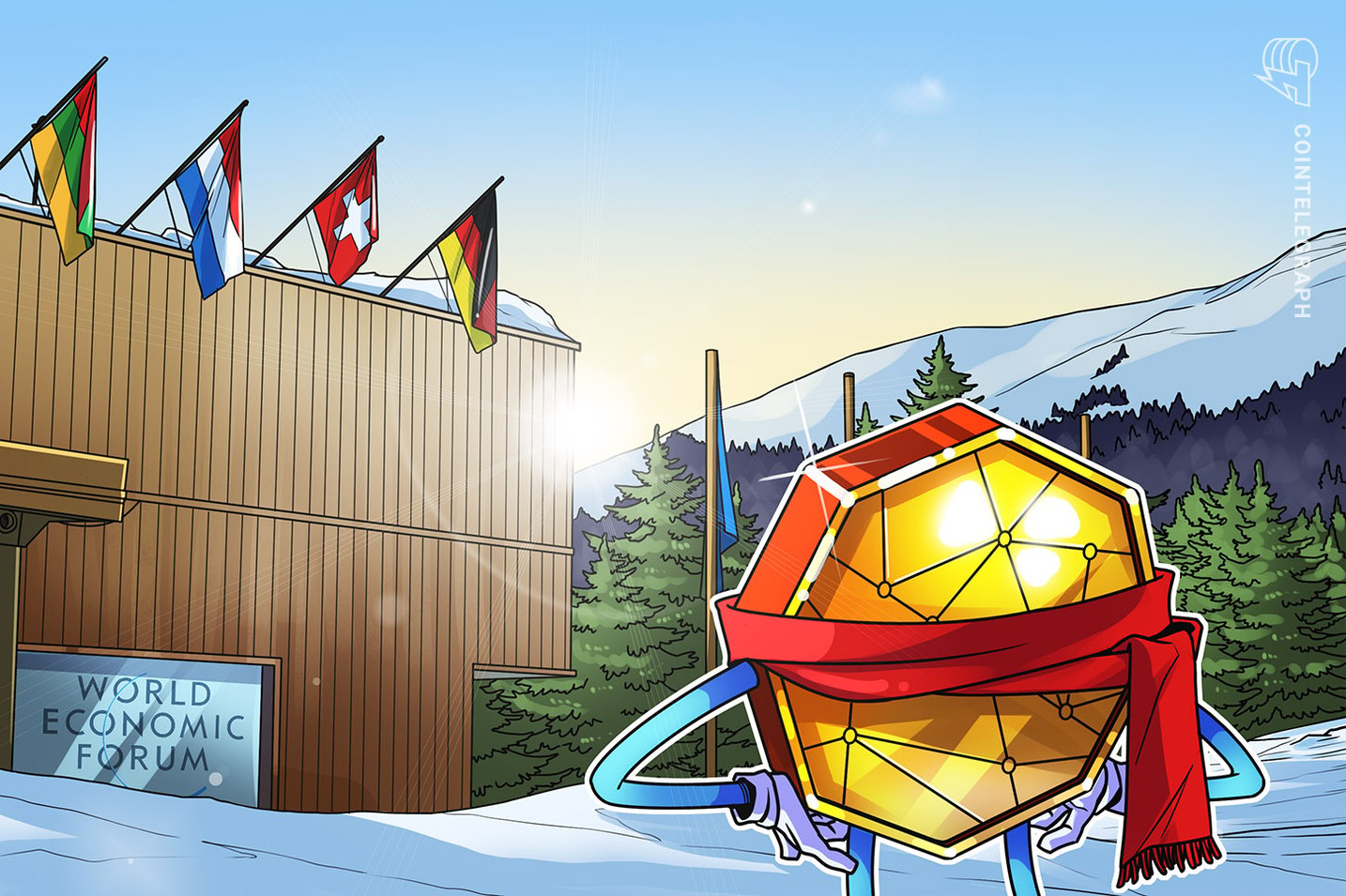



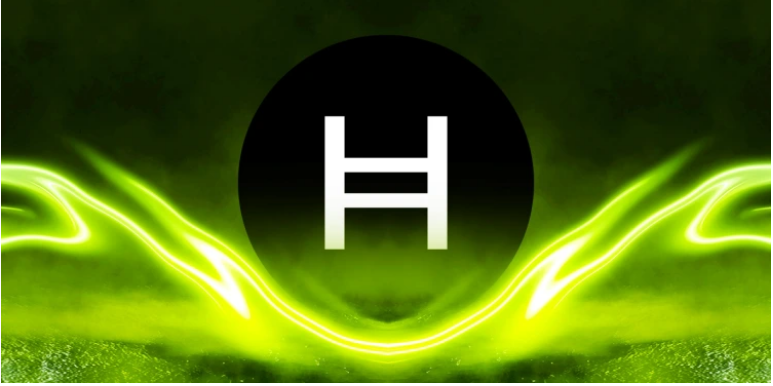
 Source: TradingView
Source: TradingView
